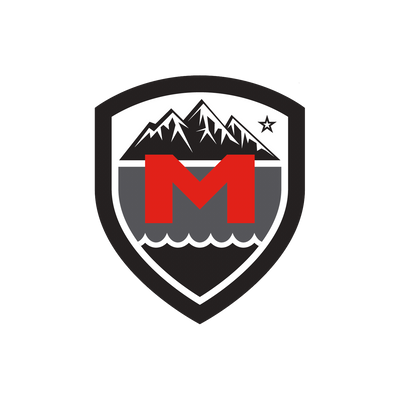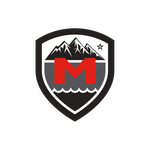Tracking Humans and Riding Horses

One of the oldest forms of transportation is the horse. Since the invention of the motor vehicle most of us don’t ever really find any use for the horse except for recreational pursuits or taking a loved one on one of those sunset beach trots on some tropical island. In 2001 a small SOF outfit found themselves inserted into Afghanistan with the only mode of transportation being a horse. Some of the unit had never rode horses, let alone horses carrying them and all their gear using wooden saddles. They quickly adapted and found that the horses allowed for them to blend into the environment and that they were the right tool for the job, or should I say animal for the job.

An opportunity arose where I would be thrusted into learning how to travel by horse while carrying a rifle and my gear. While doing this, we would also learn the basics of tracking. I never rode a horse, and I should say, I’m not to fond of horses. However, I am interested in tracking and to learn it from legendary tracker Jim Grasky (Retired Border Patrol Agent, Vietnam SOF Veteran and founder of BORTAC) I quickly jumped at the chance.

Grasky is pushing 80 years of age but you can’t tell by the way he handles a horse. He’s also a great teacher who continues to teach Border patrol agents as well as DoD SOF units in the art of tracking and traveling by horse. Grasky started out the class by teaching us that what we learned and know about tracking started with the Apache Scouts. This brief history lesson centered around Chiricahua Apache Chief, Cochise. The class took place in the Dragoon Mountains in Arizona, right next to the Stronghold of Cochise. Similarities were drawn between the Apache warrior and todays fighting soldier giving us insight into the history. Grasky’s approach brought us back to those simpler times and added more value to what we would be learning later. At times he would talk about the men of Task Force Dagger and ask us to imagine ourselves in that position and the challenges a modern fighting unit would face.

After the brief history lesson, we began to talk about the basics of tracking and how the environment, especially the light, plays a huge role in telling a story. It’s not just about following footprints but it’s taking the entire scene in and forming a narrative that can help in solving a crime, tracking an individual wanted for questioning or chasing down an enemy unit. Grasky had set up four areas and challenged us to figure out what had transpired in each of the scenarios and pull what information we could from the signs.
The scenarios ranged from ambush to a struggle. We had to figure out as much as we could from the signs. This included, height, size, how many, were they left-handed and more. The students were divided into groups and we then had to take notes as best we could. When we shared our findings with the entire group and Grasky, it was amazing to hear what we all pulled from what little we had. I never thought of tracking beyond just chasing some body through an environment, this way of thinking opened my mind and pushed me to think in terms of a narrative. Grasky then shared stories and cases from his Border Patrol days that were solved or at least generated leads based on this understanding of the environment and thinking in terms of the narrative.

Towards the end of the day Grasky challenged us to track him and his partner. We had Freddy Osuana from Greenside Tracking to help provide guidance for our newly learned basic skill set. It was a great learning experience because we worked as a team in deciphering the signs we found out in the wild. When we finally caught up to Grasky, he asked us to tell him what we saw and what we learned from the tracks we found. We were able to figure out how he traveled and how fast he traveled through the brush. We also were able to tell when he had walked the horse and took breaks before proceeding.

The following day we mounted horses with all our gear and headed out into the wild. Now, I’m not going to make up some shit where I tell you I mounted the horse with my pack and boom stick and rode across the Arizona terrain like a true cowboy. Instead I’m going to tell you how my horse hated me and wanted nothing to do with me. After a few sketchy moments I made the decision not to ride the horse and opted to ride in the ATV instead. ATV’s are like horses, right? Unfortunately due to me not riding the horse I missed out on some of the training. I was disappointed I couldn’t follow through but glad I didn’t get thrown from the horse or get kicked in the chest by the horse.

The biggest take away from the event was how important it is to vary up your training and build off of your skill sets. Learning about tracking in this basic class caused me to now look at environments differently. Even though my horse experience was lack luster I could see the importance for military units to learn how to travel by horse and develop tracking skills that can be of benefit especially with regard to the new type of enemy they are facing.




Leave a comment